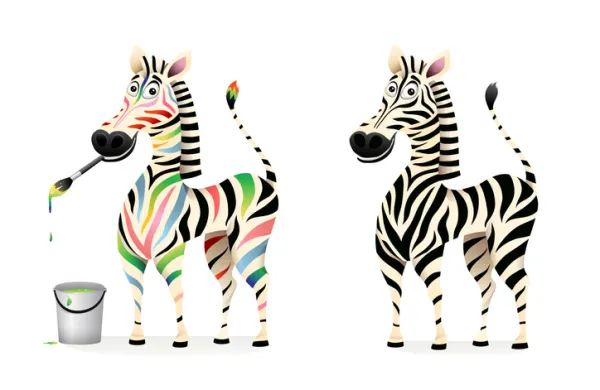With assets shrinking and returns falling, 401(k) providers and administrators are looking to cut costs wherever they can. Sometimes, though, you have to spend money to make money. Case in point: print-on-demand technology, which more and more financial services firms are using for their 401(k) customers.
The technology enables marketers to more efficiently send out personalized brochures and letters, targeting smaller groups of recipients and even tailoring their messages to individuals. With print on demand, images and text are created at desktop computers and high-speed laser-printing facilities.
Using traditional printing methods, material was personalized to a limited degree, using an offset printing process. The bulk of a mailing would be preprinted in color on an offset press, and then personalized information would be added later in black-and-white text, for example, the name and address of the recipient. It costs about $3,000 to set up an offset press run, which makes sense for 20,000 participants but is prohibitively expensive for less than 5,000 pieces of mail. Digital setup is instantaneous and only requires the capital cost of the equipment.
Used for several years for brokerage customers and fund shareholders, print-on-demand technology is now making its way to the 60 million Americans who participate in defined contribution plans. "At this point, if it is not customized and personalized, your communications material is pretty useless," says E. Thomas Johnson, senior vice president for marketing at MassMutual Retirement Services. "We need to affect people's behavior."
Adds Douglas Sutton, president of Fidelity Wide Processing, the printing unit of Fidelity Investments, the Boston-based mutual fund company, "We are just now moving print on demand into the defined contribution business." Sutton and his colleagues started using this technology in 1999 in Fidelity's brokerage business.
As Sutton explains, using print on demand, a Fidelity staffer, working with a benefits administrator, designs a personalized brochure on a desktop computer and sends the file directly to the laser printer. In the past the benefits administrator would have designed a model brochure that would be printed on an offset press. Fidelity would have thousands of those brochures on the shelves of its warehouses at the print facility in Covington, Kentucky. When a specific need arose, the benefits administrator would come up with the text (generally in black-and-white) to be inserted in these brochures and send that along to Fidelity.
Now personalized print and color material are all on the same page, and they can be printed at the same time and in limited quantities. The text can be as individualized as the benefits administrator chooses. The pictures can be tailored to the appropriate age of the recipient -- say, a Corvette for a 40-year-old, while a 57-year-old gets images of golfing by the sea.
Using the traditional combination of offset and laser printing technology, a 16-page educational booklet might cost as little as 45 cents to produce. The cost of printing that on demand -- personalized from a computer directly on to a laser printer -- is about $3.20, according to Peter Newkirk, whose family-owned printing business in Albany has many financial services clients.
Starting just last month, all communication between Prudential Retirement Services and its 401(k) participants has been personalized through the use of print-on-demand technology, reports John Corrieri, head of marketing and communications for Prudential Retirement Services.
Back in the late 1990s, the 401(k) industry imagined that online communication would soon replace most of its paper, but print has proved to be quite persistent. Says Newkirk, "All the cost savings from the Web just never materialized."
What's the real payoff of print on demand? Plan providers hope that more personalized services will strengthen their ties to participants, especially the aging baby boomers who are approaching the time when they will roll over their 401(k)s into IRAs. Every defined contribution provider is eager to capture those rollover assets.
Says MassMutual's Johnson, "We need to get to know the individual participant, and print-on-demand technology helps us do that."





